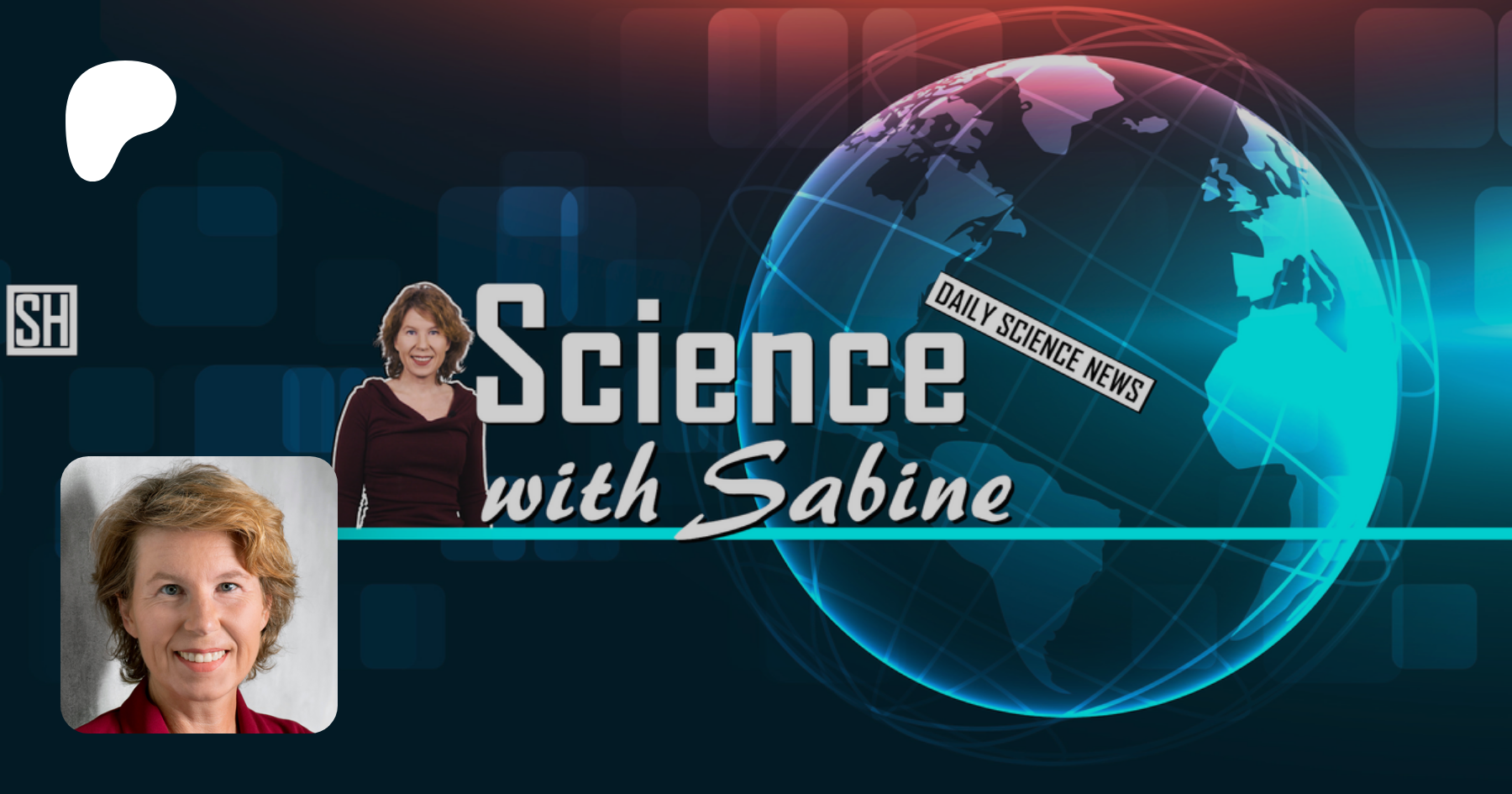- Sabine's Newsletter
- Posts
- The Origin of Gold, AI Misinformation, Water-Lenses, and Superdeterminism
The Origin of Gold, AI Misinformation, Water-Lenses, and Superdeterminism
This week’s science bits from SWTG

Origin of Gold Revised, Again

For decades, astrophysicists believed that heavy elements like gold, silver, and platinum are produced in supernovae explosions. That explanation never worked all that well and was revised in 2017 when observations from a neutron star merger seemed to document the production of gold in that process. The trouble with producing these particular heavy elements (and some others) is that they require rapid neutron capture (the so-called “r-process”), the conditions for which are difficult to produce.
In a new study that just appeared, astrophysicists from Ohio State University say that neutron star mergers simply can’t do it, there aren’t enough of them. But giant flares of magnetars — neutron stars with strong magnetic fields – produce the right conditions. These flares can rapidly accelerate both neutrons and iron nuclei present in the crust of the magnetar, making them slam into each other and allowing rapid neutron capture, producing gold in that process. Press release here. Paper here.
This week’s video is about physicist Gerard ‘t Hooft, who won the Nobel Prize in 1999, and the recent Breakthrough Prize for his work on the Standard Model of Particle physics. He also thinks that quantum mechanics is nonsense. Indeed, he has an alternative theory for quantum mechanics that he says is how the world really works. This theory has been almost entirely ignored by physicists. Which is unfortunate, because he predicts a limit for what quantum computers can do. This week’s video also comes with a quiz, which you can take here.
Speaking of quizzes, you can now create and share your own quizzes on QuizWithIt for free! Each quiz has a unique URL, can be embedded into websites or newsletter, and be shared on social media. Happy quizzing!
Don’t Trust Chatbots With Science

A study just out of the University of Utrecht looked at text summaries that AI chatbots produce for science papers. By comparing the AI summaries to human summaries that some journals provide, the researchers could study more than 4,000 examples in medicine and science overall. They found that all chatbots tend to overgeneralize and leave out relevant nuances. They might, for example, just state that a drug is “effective” for treating a certain condition, without specifying in which dose or in which group of patients. Claude (all models) was least guilty of overgeneralizing, whereas GTP-4o and Deepseek did it the most. Press release here, paper here.
Partnered with Nautilus
Nautilus Is All Brains, No Bull
Like you, Nautilus readers appreciate a no-jargon, no-nonsense approach to science news. Nautilus has the very brightest living thinkers - including Sabine herself - unravel the biggest ideas in science and weave them into stories that are easy to understand and fun to read. Subscribe to the free Nautilus newsletter today and join over 700,000 more people who love to learn.
Water Drops as Lenses

Image: Budlayan et al, Results in Optics 19, 100824 (2025)
Researchers from the Philippines have developed a remarkably simple yet powerful adjustable lens system: They placed a drop of water on a surface that repels water to focus light. In a paper that just appeared, they studied how the size of the droplet and impurities affect the lensing, but overall, their system works surprisingly well. To be honest, I have no idea what exactly this might be good for, but it’s a cute physics experiment. Press release here, paper here.
Fact-based news without bias awaits. Make 1440 your choice today.
Overwhelmed by biased news? Cut through the clutter and get straight facts with your daily 1440 digest. From politics to sports, join millions who start their day informed.

